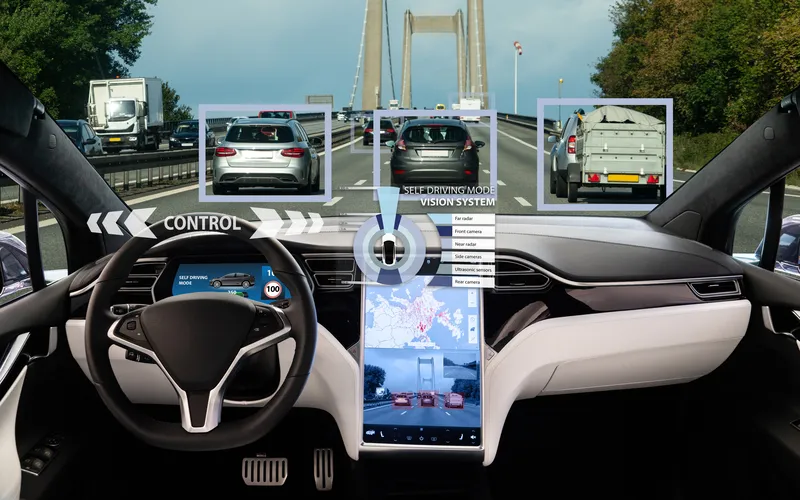New research from
However, mandating systems such as automatic emergency call (eCall) and rear-view cameras have been delayed due to challenges around wide acceptance in the industry coupled with battling technical obstacles and niche status development. No less, connected car technologies have been given an open platform to innovate and implement in the near future.
“With agencies such as the
However, premium automakers only consider a few features as standard fitment and prefer to offer either optional or advanced feature packages targeting different age groups and geographies at attractive price points. For example,
"To optimise costs, North American OEMs are basing their strategies on the re-launch of models, alternate propulsion systems, and new advertising modes for promotions," noted Barua. "In addition, mass-market OEMs are focusing on fuel economy and emission reduction, while premium OEMs look to leverage inventive features such as laser-based headlamps, heads-up display notifications, reconfigurable instrument clusters, enhanced 'virtual' view of the road using augmented reality and touch-less gesture controlled infotainment to ensure customer loyalty in the North American market."
North American OEMs embrace advanced safety features
New research from Frost & Sullivan's Analysis of the North American Advanced Features Market and Optional/Standard Strategy of OEMs finds consumers demand seamless connectivity and high-end infotainment features in a car. The research also highlights the lifesaving technologies and features like night vision assist with pedestrian detection or collision warning and mitigation using augmented reality, which are accorded a higher importance compared to other features like power lift gate or ambient lighting i
August 14, 2014
Read time: 3 mins








